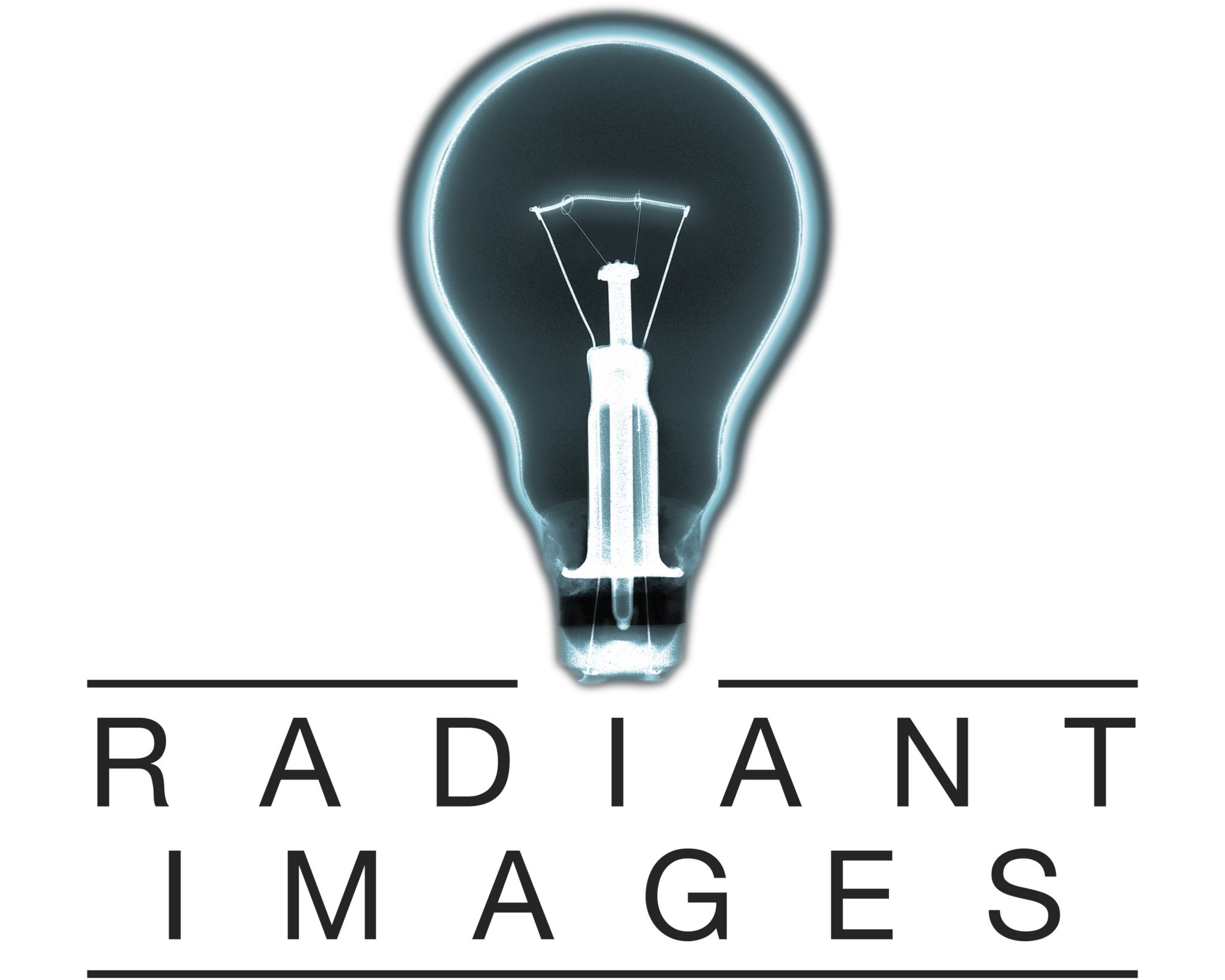 In Augmented Reality, Virtual Reality and Mixed Reality News
In Augmented Reality, Virtual Reality and Mixed Reality News
November 28, 2019 – Radiant Images, a company under contract to be acquired by Hawkeye Systems, Inc., has announced earlier this week that the United States Patent and Trademark Office has issued US Design Patent 860,296 covering the company’s AXA immersive capture platforms utilized for holographic imaging. According to Radiant Images, the technology is applicable for rapid development in immersive technologies such as virtual reality, augmented reality, extended reality and artificial intelligence.
Radiant Images proprietary AXA Volumetric Capture Stage System is an accurate and adaptive volumetric and light field stage, utilizing highly accurate camera positioning for volumetric, light field, and AI software. The modular system supports 100+ cameras inside a sphere and captures from every possible viewpoint to help create a more engaging and dynamic immersive experience for virtual reality, augmented reality, XR, according to the company.
The AXA’s camera positioning accuracy is the key to automation and algorithms for all volumetric and light field capture, placing the capturing system on the forward edge of this technology.
“We have built a reputation as explorers and innovators in the area of capture technology, and our breakthrough achievements make us well positioned to continue to lead the way to the next level,” said Michael Mansouri, co-founder of Radiant Images.
The patent is part of an intellectual property portfolio at Radiant Images that includes numerous other patent-pending applications that the company hopes will help to accelerate the next technology cycle for the entertainment industry.
Radiant Images has stated that it is focused on applying its core technologies to help advance artificial intelligence, Wide Area Motion Imaging (WAMI), and automotive and manufacturing line scanning through the use of its systems that provide live streaming and real-time image analysis of immersive 360-degree video. The company anticipates that its core technology can be applied to a variety of industries and use cases in the future, and as such, is hoping to see potential business from new verticals, including automotive, manufacturing, military, law enforcement, art, sports, space and medicine, plus interactive signage and displays.
Image credit: Radiant Images
About the author
Sam is the Founder and Managing Editor of Auganix. With a background in research and report writing, he has been covering XR industry news for the past seven years.
